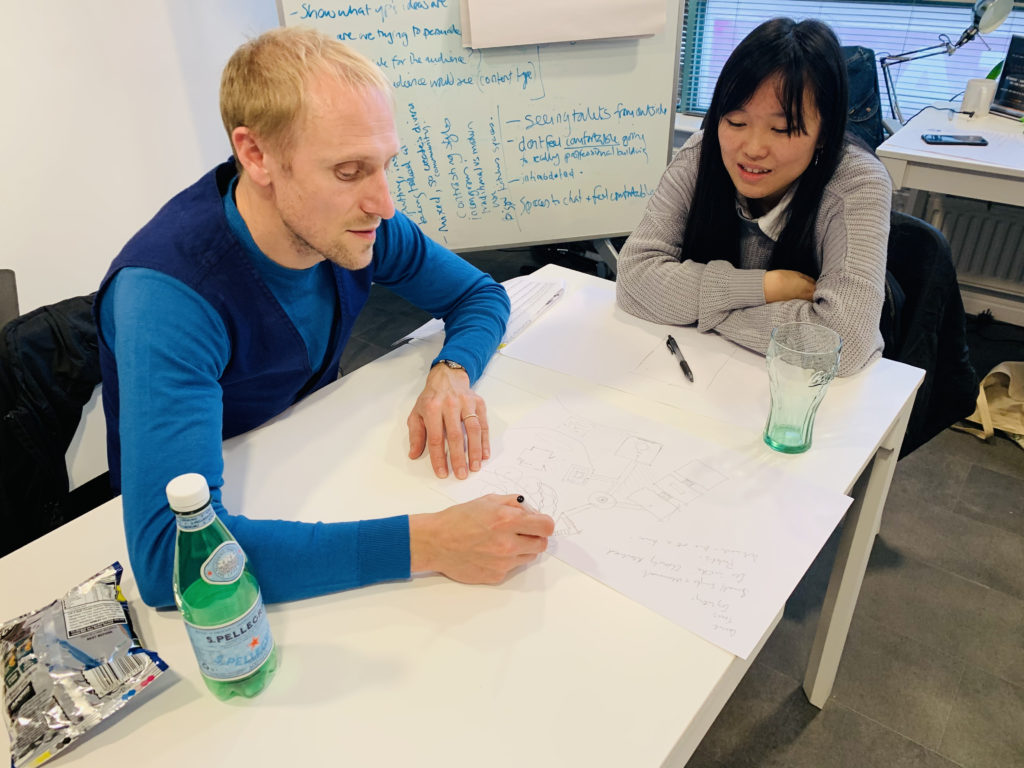“Young people don’t get our voices heard. We don’t get to design the spaces and places that are around us.” This film explores why this is the case, why it is a problem and what can be done to change it. It demonstrates why it is crucial that organisations work harder to engage young people in the future of the spaces where they live.
Our client
The film was commissioned by LHC, a not-for-profit framework provider that brings buyers and suppliers in public and social housing together to deliver better buildings, homes and communities. The challenge they put to us is that consulting is often difficult. It’s hard to reach diverse audiences, especially young people.
Through their Architect Design Services Framework, LHC sources architects with a track record of good quality community engagement. LHC encourages the involvement of new and emerging practices and diverse talent that is typically overlooked by traditional procurement methods.
What they asked us to do
LHC asked us to work with a group of young people who are interested in a career in architecture and a group of architects who work with LHC to explore what the barriers to engagement are, to understand the benefits of engaging young people and to suggest ways forward to improve practice.
Why it matters
The development of land and buildings is happening all around us. Developers and development partners – the people who own the land and buildings – are profiting from change in our community. Yet too often they fail to speak to the people that live here about what they want and how they want to live.
Developers are the clients who commission architects to come up with plans and designs for new buildings. Architects work to their clients brief – which is often driven by short term commercial objectives. By the time consultation takes place with the community, usually when it’s time to get planning permission, it is too late. All the key decisions have already been made.




What we did
1. Exploring barriers to engagement
Our group of young people were surprised by how little control architects said they had over the way that consultation takes place.
The first problem is that too often engagement is treated as a tick box exercise to satisfy the requirements of the planning process rather than being genuinely seen as adding value to the design and leading to better outcomes.
Young people see the cynicism with which consultation is being carried out so they don’t trust the invitation and their valuable input into the process is lost. Young people are savvy and can see through the thin veil of advertising dressed up as ‘wanting their views’ straight away.
A second issue is that there’s a lack or understanding of how to reach diverse audiences, particularly young people. Lazy engagement doesn’t work. It’s those with too much time on their hands who will actively participate and engage if the standard public consultation processes are used such as running a public meeting and expecting people to come and give feedback on plans.
A third issue is timing. Consultation and engagement often happens too late in the process to have any impact. What’s the point of ‘engaging’ if developers are really just looking for endorsement?
2. Understanding the benefits of engagement
“We need to be thinking more generously about the places and spaces we make and you young people can help us make a more beautiful world” says architect Philip Wren
By thinking about and investing in meaningful engagement and gathering input from those affected earlier, developments are more likely to meet the needs of the people they are built for, ultimately meaning they are going to be more successful.
Young people are part of the community that these buildings will affect. As Esme says “We are the ones who will be using the areas you design”.
Ruth said “We want these new buildings to inspire us and make us feel a part of our community”. If you have young people on board they bring the rest of the community with them.
Young people want to contribute and be part of the solution to making buildings work better and have less impact on the environment. Saryta says “We will help to improve the lifespan of buildings” and Redeemer says “We will help you design buildings that are sustainable, financially and environmentally”.
Young people have ideas that are different from those of architects and they can contribute to the early ideas stage.“We bring in more ideas” says Sam and “our ideas are original and different” says Phong.
Young people want the opportunity both to learn and contribute. As Daniela points out “We are the architects of the future”.
3. Suggesting how to engage better
Start early and engage young people through the whole process of the building or refurbishment.
So how do you reach diverse audiences and specifically the notoriously hard to reach youth audience? First, engage experts who young people trust and who know how to reach them and who have the networks and connections to reach them. Work with people already in the community you are trying to reach – don’t parachute in an outside organisation especially when there are already experts on the doorstep of your development.
Second, clients need to pay! ‘Community organisations’ aren’t self funded, if developers want people’s help then expect to pay them properly for their expertise. People in disadvantaged communities work long hours and their kids often help out at home. Show you value their time. You will get much better engagement if the young people you are trying to reach are paid the living wage for the hours they work with you.
Third, engage them in the right way and for the right reasons. They are stakeholders in the end result. Involve them, invest in them and value their input. Make it easy for them to get involved – go to them rather than ask them to come to you. Tell them what’s in it for them and support them to get value from the process. For example, offer work experience or skills development.
What were the benefits of this work experience project for our client?
We had lovely feedback from our client:
“What really surprised me with what’s been achieved is just the professional finish that we’ve seen. How it’s really on message, answered exactly the brief that we were looking for” Tim Lee Davis, LHC
“What was really lovely to see was how they worked together as a team. They collaborated together, were creative together, consulted with each other and made sure each one of them had a voice, had a part to play in the production of the film, and effectively that’s what they’re telling the audience to do. They’re saying everybody should have a voice and I like the fact that they were living that through the production of the film” Shona Shaw, LHC
What was the impact for young people?
Our team of young people gave us feedback about how their skills improved and what they got out of the project.
Esme learnt that “communication is very important, especially between architects and the people they are going to build for and how big of a role it plays in the future of building”
Redeemer learnt that “interactive and communication skills are needed in projects”. “Also I learned about how many different design careers interlink and the skills from each design career is transferable.”
Daniela learnt “How to collaborate with professionals and how to brainstorm after a brief”.
Sam, who wants to be an architect, learnt “How to talk to clients and what clients would be like” .
Young people also enjoyed taking part in the project.
Redeemer enjoyed “Creating and planning the scenes of the film because it empowered me to take initiative and become more self confident and also it also helped me to share my ideas more freely”.
Phong enjoyed “the interactive and social aspect of the project because it helped make me build connections between people”.
Get involved
We Rise is working with a number of architects and development partners on developing good practice in youth consultation.
If you are interested in getting involved please contact polly@werise.org.uk
